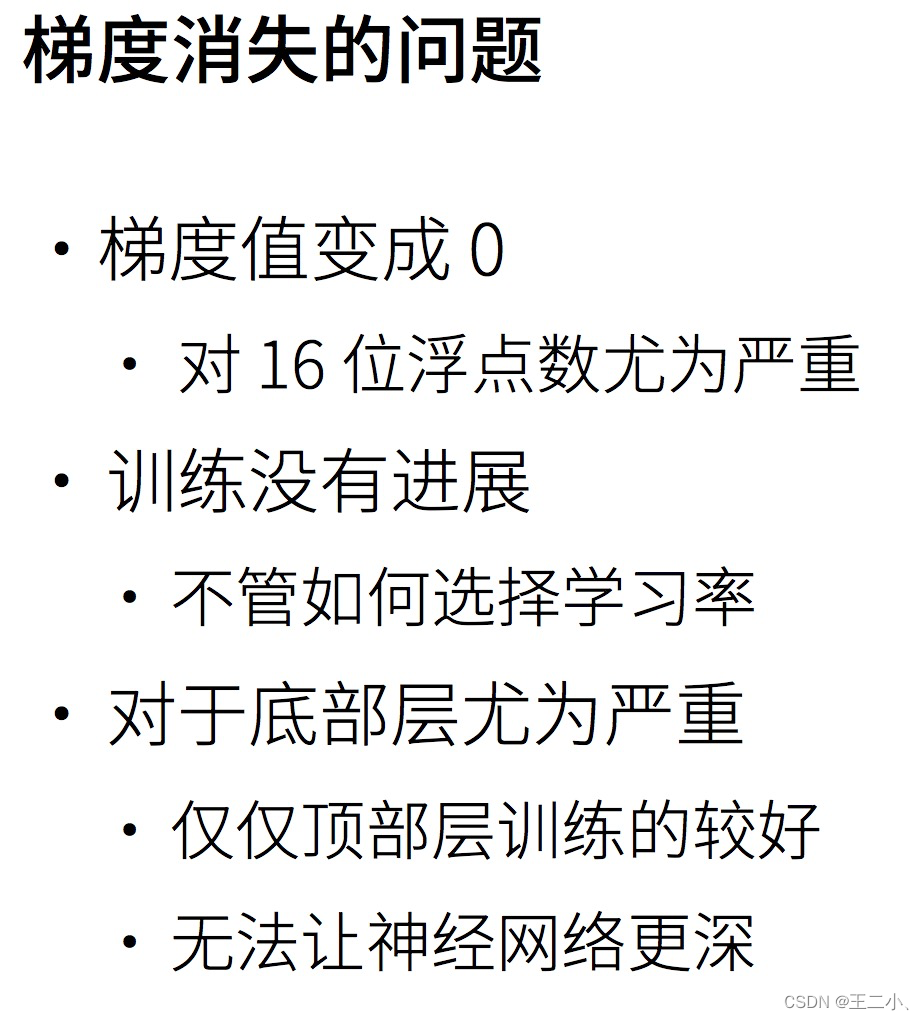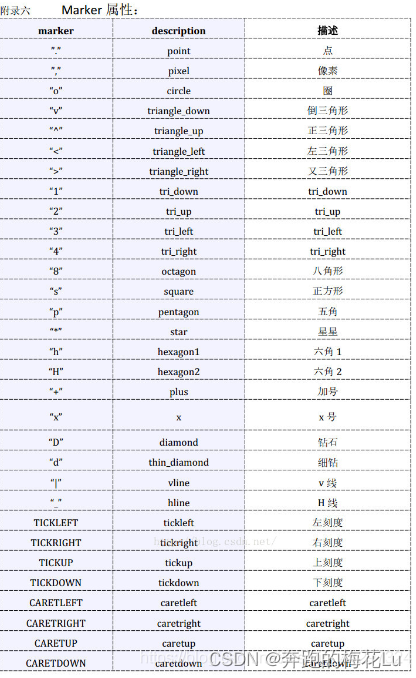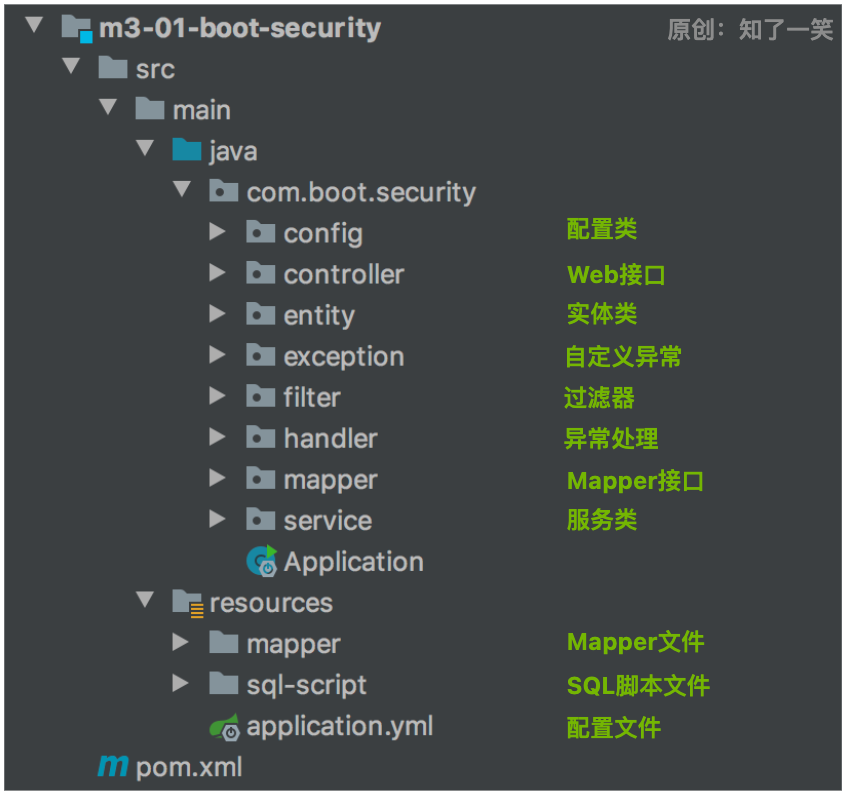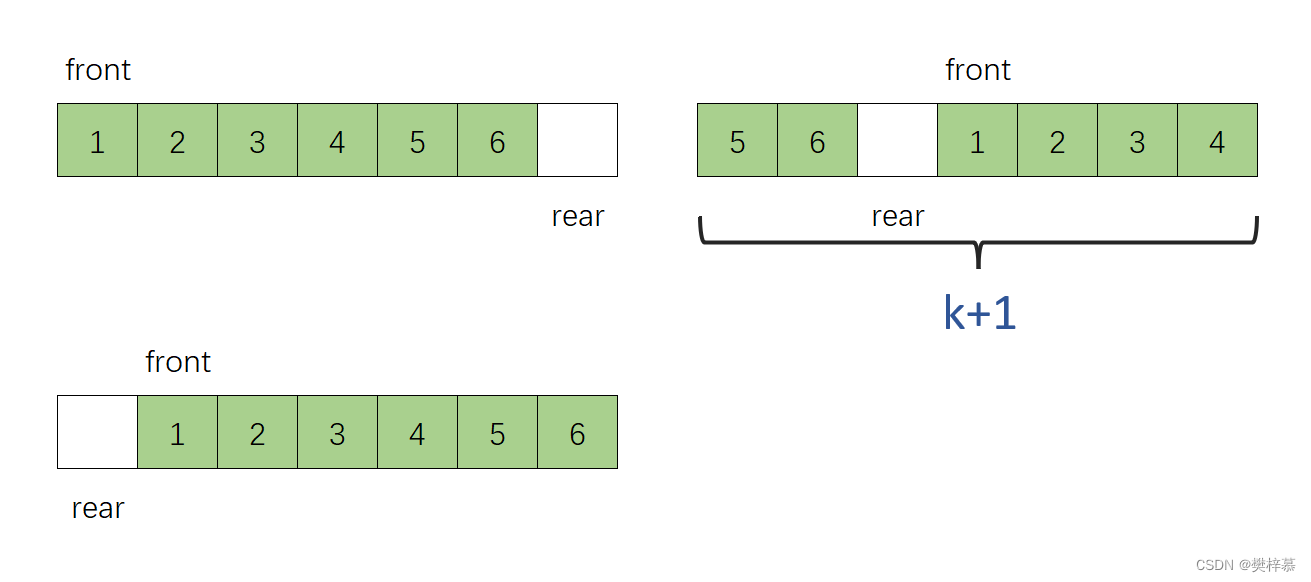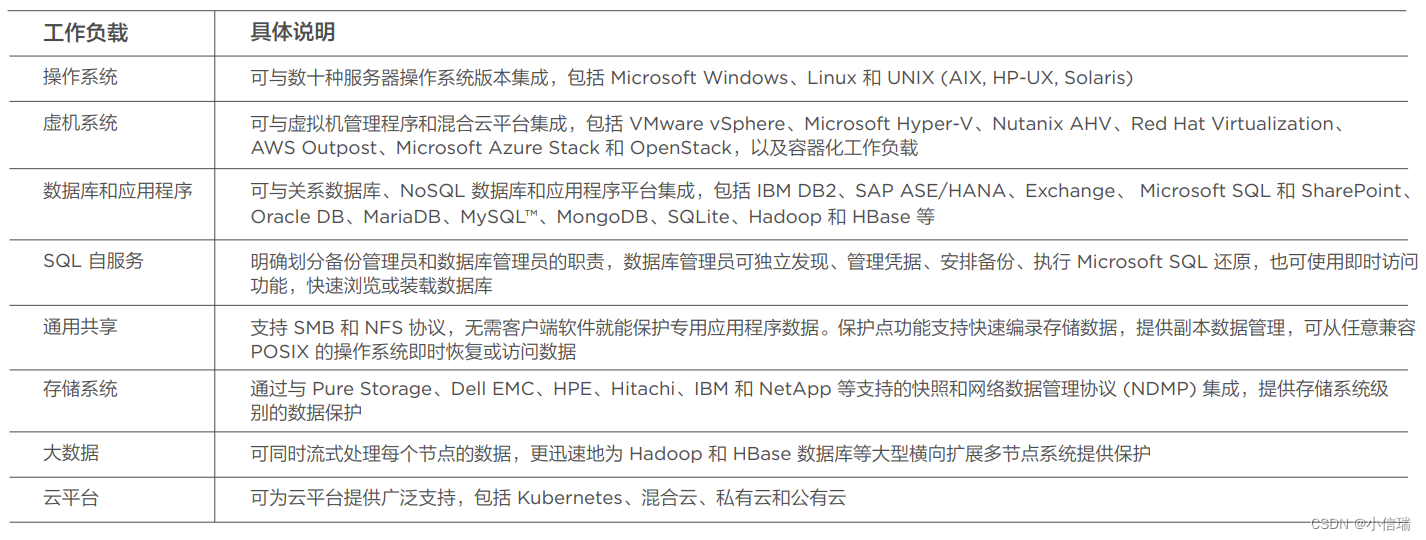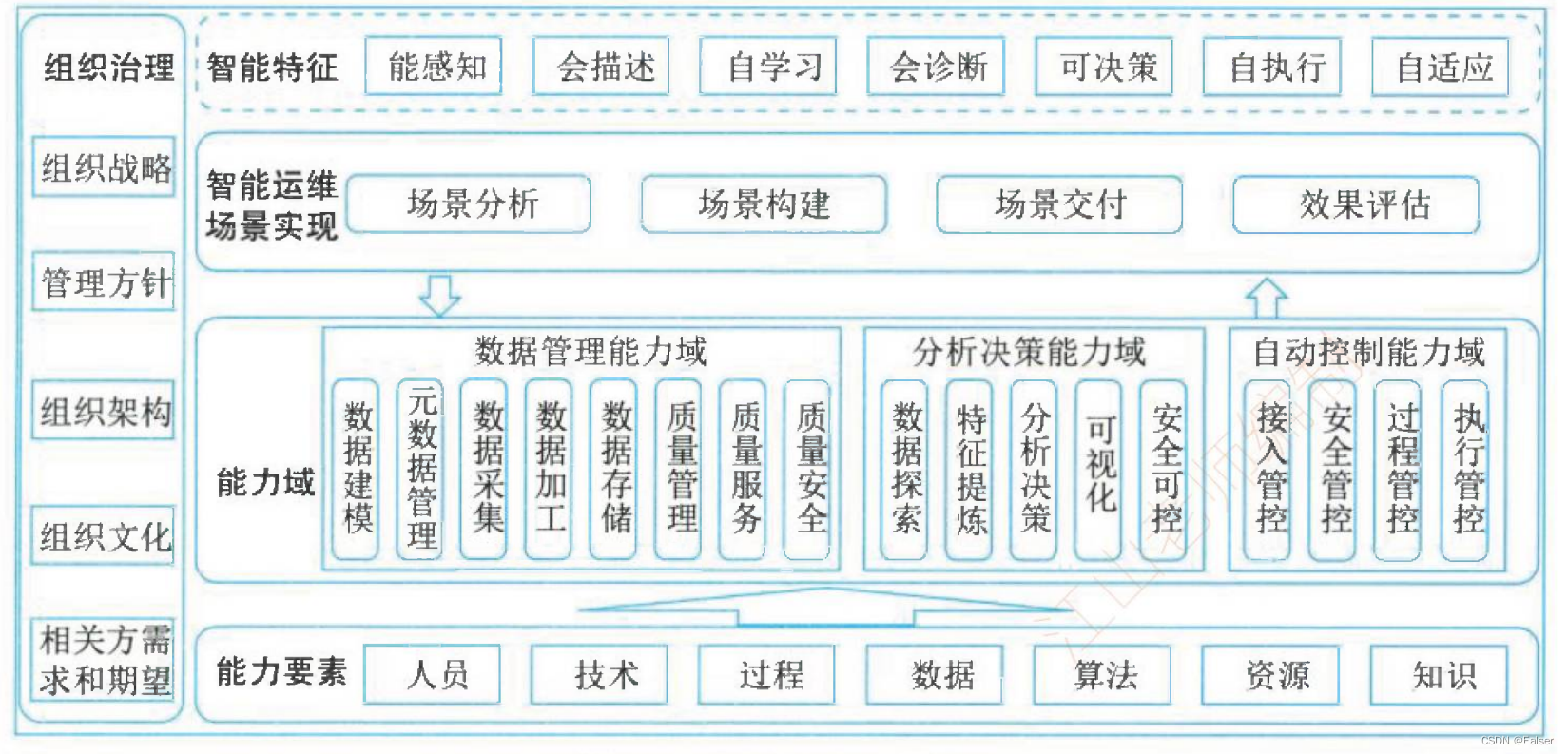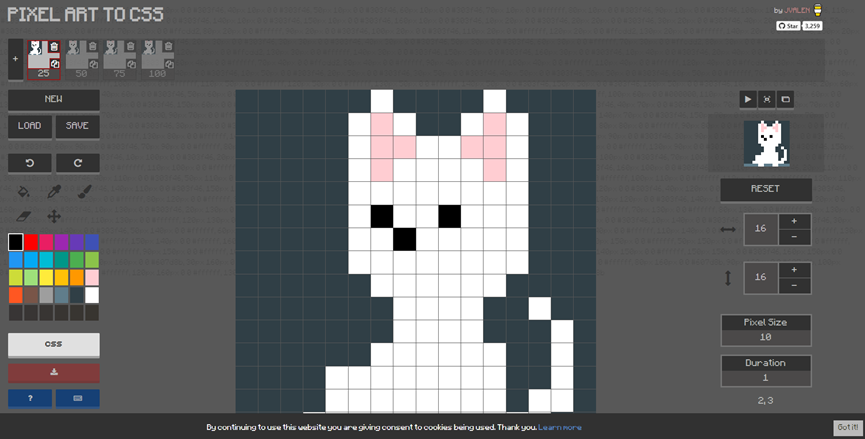void 定时器中断函数入口(void) {
if(判断是否为定时器中断) { static uint16_t num定义静态变量; static uint8_t index定义静态变量; unsigned char buff_busy定义局部变量; if(串口中断接收数据数量>静态变量) { 静态变量=串口中断接收数据数量; } else if(静态变量串口中断接收数据数量&&静态变量!=0) { while(g_uart[静态变量%定义的缓存数组数量].FLAGture) { 静态变量=(静态变量+1)%定义的缓存数组数量; if(局部变量++>定义的缓存数组数量) { 将收到的数据清空; USART_RX_STA=0;//清零 num=0; break; } } 一旦检测到空数组,就开始赋值; g_uart[idex].DATA_LEN=num;//数组长度 memset(g_uart[idex].DATA,0,g_uart[idex].DATA_LEN); //将要赋值的结构体数组清零 memcpy(g_uart[idex].DATA,bufff,g_uart[idex].DATA_LEN);//将要赋值的数据存到清零的结构体 g_uart[idex].FLAG=ture;//将此结构体的标志位标志位turememset(bufff,0,g_uart[idex].DATA_LEN);//将串口接收的数据bufff成功赋值给结构体后立即清零,方便下一次的接收 USART_RX_STA=0;//方便下一次数据接收计数 num=0; //清零 } else { ; } LED1=!LED1; TIM_ClearITPendingBit(TIM3, TIM_IT_Update ); //清除中断标志位 } }

串口通信收发项目级一
news2025/12/26 5:40:47
本文来自互联网用户投稿,该文观点仅代表作者本人,不代表本站立场。本站仅提供信息存储空间服务,不拥有所有权,不承担相关法律责任。如若转载,请注明出处:http://www.coloradmin.cn/o/874775.html
如若内容造成侵权/违法违规/事实不符,请联系多彩编程网进行投诉反馈,一经查实,立即删除!相关文章
day41二维数组 *returnSize 和 *returnColumnSizes +合并两个二维数组
题目描述: 题目参数
/*** Return an array of arrays of size *returnSize.* The sizes of the arrays are returned as *returnColumnSizes array.* Note: Both returned array and *columnSizes array must be malloced, assume caller calls free().*/
int** m…
七 动手学深度学习v2 ——数值稳定性+模型初始化和激活函数
1. 数值稳定性 2. 如何让训练更加稳定 目标:让梯度值在合理的范围内 方法:
将乘法变成加法
ResNetLSTM
归一化
梯度归一化梯度裁剪
合理的权重初始和激活函数
python 画三维散点图
import numpy as np
import pandas as pd
import matplotlib.pyplot as plt
import seaborn as sns
from mpl_toolkits.mplot3d import Axes3D # 空间三维画图def get_color(label):label_color []for i in range(0,len(label)):if label[i] 0:label_color.append(red)elif l…
SpringBoot3安全管理
标签:Security.登录.权限; 一、简介
SpringSecurity组件可以为服务提供安全管理的能力,比如身份验证、授权和针对常见攻击的保护,是保护基于spring应用程序的事实上的标准;
在实际开发中,最常用的是登录验…
BC136 KiKi去重整数并排序
给定一个整数序列,KiKi想把其中的重复的整数去掉,并将去重后的序列从小到大排序输出。
输入描述
第一行,输入一个整数n,表示序列有n个整数。
第二行输入n个整数(每个整数大于等于1,小于等于1000…
Azure资源命名和标记决策指南
参考 azure创建虚拟机在虚拟机中选择编辑标签,并添加标记,点击应用 3.到主页中转到所有资源 4. 添加筛选器并应用 5.查看结果,筛选根据给服务器定义的标签筛选出结果。 参考链接: https://learn.microsoft.com/zh-cn/azure/cloud-adoption…
Java接口压力测试—如何应对并优化Java接口的压力测试
导言
在如今的互联网时代,Java接口压力测试是评估系统性能和可靠性的关键一环。一旦接口不能承受高并发量,用户体验将受到严重影响,甚至可能导致系统崩溃。因此,了解如何进行有效的Java接口压力测试以及如何优化接口性能至关重要…
3张照片打造专属形象!酷蛙FaceChain解密个人写真开源项目,人人AIGC!
一、背景说明
各类AI写真软件由于其精准的个人形象精美的生成效果引爆了朋友圈传播,证件照满足了用户刚需,古装照等风格照满足了用户“美照”的需求。
酷蛙FaceChain开源项目团队推出了开源版本,希望结合开源社区开发者的力量,可…
Linux之openoffice安装
一、openoffice简介 OpenOffice是一个开源的办公软件套件,包含了文本编辑器、电子表格、演示文稿、数据库和绘图等应用程序。它可以在多个操作系统上运行,包括Windows、Mac OS X和Linux等。OpenOffice的目标是提供一个完全免费、功能齐全的办公软件套件&…
【LeetCode】【数据结构】栈与队列必刷OJ题
👀樊梓慕:个人主页 🎥个人专栏:《C语言》《数据结构》《蓝桥杯试题》《LeetCode刷题笔记》
🌝每一个不曾起舞的日子,都是对生命的辜负 目录
前言:
【LeetCode】20.有效的括号(栈的…
1289. 下降路径最小和 II
题目描述: 给你一个 n x n 整数矩阵 grid ,请你返回 非零偏移下降路径 数字和的最小值。 非零偏移下降路径 定义为:从 grid 数组中的每一行选择一个数字,且按顺序选出来的数字中,相邻数字不在原数组的同一列。 示例&am…
企业级备份 - 让您的数据安全防线坚韧如山
产品定义 数据威胁无处不在,不论数据处于何地,以何种形态体现,数据安全都至关重要。备份作为数据安全的最后一道防线,需要慎之又慎。针对数据备份与恢复的企业级应用,联想凌拓 (Lenovo NetApp) 与华睿泰 (Veritas) 共同…
【C++】速识string
一、创建string对象
1、文档 2、常用
并不是所有的用法都需要熟记于心,我们只需记住常用的即可,对于并不常用的,我们可以在用到的时候查看文档学习使用。
void Test1()
{string s1;string s2("Hello World");s1 "Hello …
Android 10.0 禁止二次展开QuickQSPanel设置下拉QSPanel高度
1.前言 在10.0的系统定制化需求中,在进行systemui的ui定制开发中,有些需要对原生systemui下拉状态栏中的二次展开QSPanel修改成 一次展开禁止二次展开,所以就需要修改QuickQSpanel的高度,然后在QuickQsPanel做定制,然后禁止二次展开就可以了
如图:
2.禁止二次展开Quic…
ubuntu下FFmpeg安装和使用以及CMakeLists.txt模板
sudo apt install ffmpeg sudo apt-get install libavfilter-devcmakelist模板
CMakeLists.txt
cmake_minimum_required(VERSION 3.16)
project(ffmpeg_demo)# 设置ffmpeg依赖库及头文件所在目录,并存进指定变量
set(ffmpeg_libs_DIR /usr/lib/x86_64-linux-gnu)
…
【Windows 常用工具系列 7 -- 禁用win10自带的微软输入法】
文章目录 1.1 输入法配置 1.1 输入法配置
首先建议采用搜狗输入法,这个更符合中国人的输入习惯,强烈建议删除微软自带的中文输入法,删除方式见: 点击电脑主屏幕左下角开始图标,选择设置: 选择“时间和语…
AutoxJS脚本保姆级教程
目录 引言
准备工作
脚本开发
邮件提示(不使用邮件推送的可以跳过这步)
节假日判断(不需要判断节假日的可以跳过)
问题及技巧归总
JS语法错误:软件更新
按钮或组件无法找到
使用定时器等待组件出现
root环境下…
Scratch 之 单个角色模糊特效
想给单独一个角色用模糊特效,怎么办!!! 完全不用慌,最近,我做出了超好用的个体模糊特效,用起来超级简单,接下来进入讲解。 1.原理 前几天,我闲来无事,摘下眼镜…
【2023年11月第四版教材】《第4章-信息系统管理之管理要点(第四版新增章节)(第二部分)》
信息系统管理之管理要点(第四版新增章节)(第二部分) 2 管理要点2.1 数据管理能力成熟度评估模型DCMM详细表格简要表格 2.2 组织的管理成熟度2.3 能力模型2.4 智能运维能力框架2.5 安全保护等级 2 管理要点
2.1 数据管理能力成熟度…
华为云classroom赋能--Devstar使应用开发无需从零开始
华为云DevStar为开发者提供业界主流框架代码初始化能力,通过GUI、API、CLI等多种方式,将按模板生成框架代码的能力推送至用户桌面。同时基于华为云服务资源、成熟的DevOps开发工具链和面向多场景的众多开发模板,提供一站式创建代码仓、自动生…

